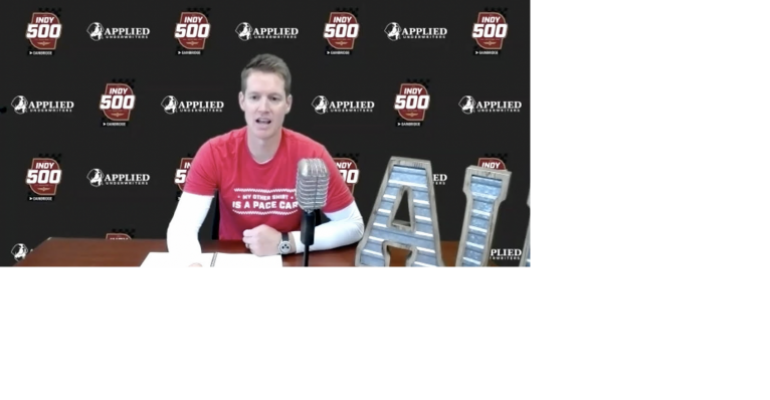Like countless other companies this year, Applied Underwriters, a global risk-services firm offering insurance and reinsurance solutions, had to cancel its annual gathering of top performing agents, which was set to take place in conjunction with the Indianapolis 500 auto race. But the firm applied some creativity in a compressed time frame to come up with a fun and memorable online event to make sure its top 100 agents were properly rewarded.
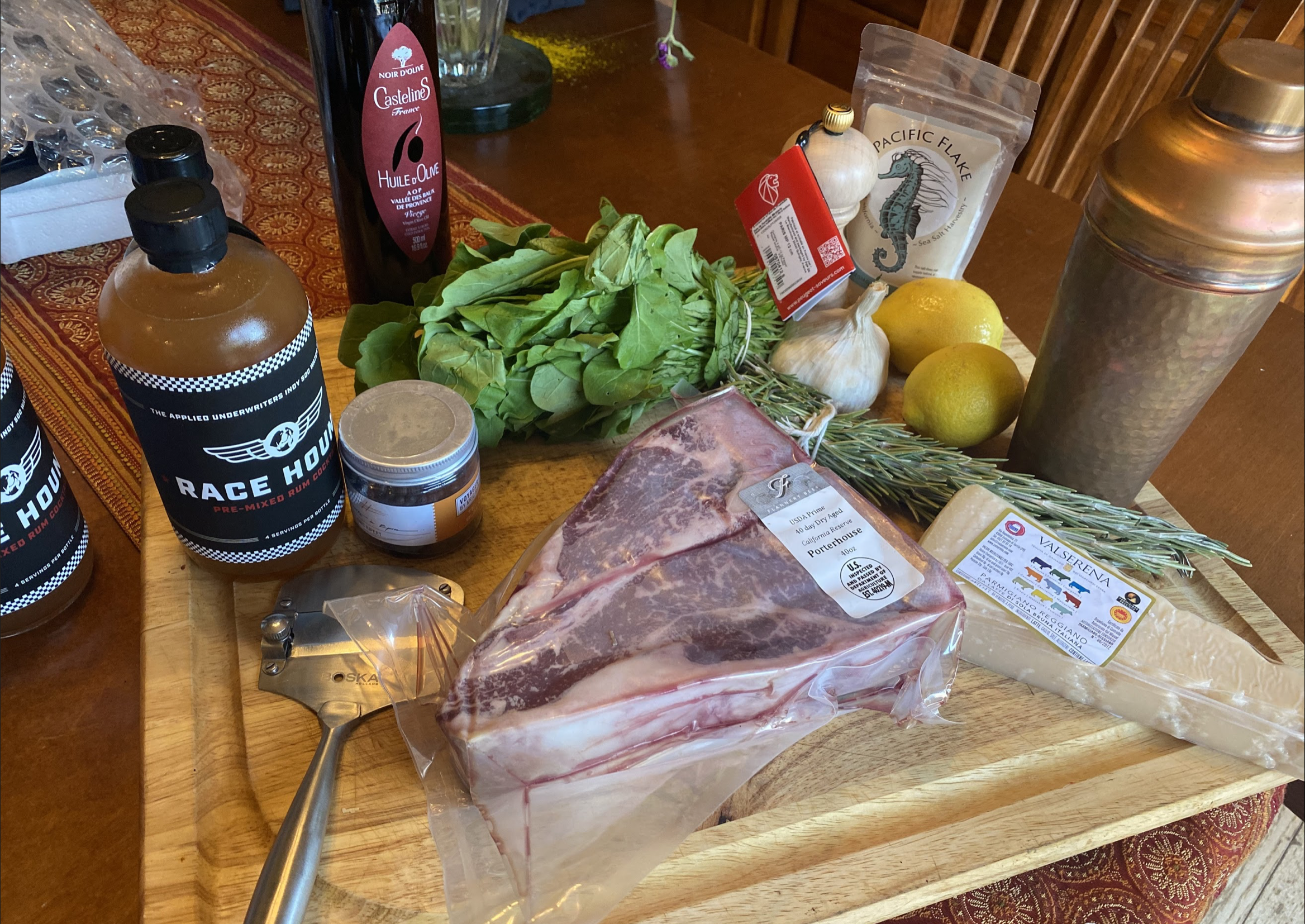 To replicate the in-person event as much as possible for agents (and, this year, for agents' family members too), the company hosted an all-day Zoom event billed as “The Greatest Indy 500 Watch Party in the History of the World.” Key elements included a dedicated website built for the event plus high-quality product offerings sent to winners' homes. To complement those products—a branded Racing Day Toolbox containing a variety of themed swag along with an Indy 500-themed dinner kit with a 40-ounce porterhouse-steak (pictured here) as its centerpiece—the itinerary featured a Michelin 5-star chef leading a cooking segment to guide participants through their meal prep as well as celebrity shout-outs at different moments.
To replicate the in-person event as much as possible for agents (and, this year, for agents' family members too), the company hosted an all-day Zoom event billed as “The Greatest Indy 500 Watch Party in the History of the World.” Key elements included a dedicated website built for the event plus high-quality product offerings sent to winners' homes. To complement those products—a branded Racing Day Toolbox containing a variety of themed swag along with an Indy 500-themed dinner kit with a 40-ounce porterhouse-steak (pictured here) as its centerpiece—the itinerary featured a Michelin 5-star chef leading a cooking segment to guide participants through their meal prep as well as celebrity shout-outs at different moments.
For companies thinking about creating a similar event, the biggest factor is to compensate for the fact that virtual audiences are considerably less captive than in person. Program planners must look at those parts of the in-person event that winners traditionally enjoy the most, then determine whether those components can be mostly replicated in the virtual environment or must be replaced with a new type of experience more suited to online interaction.
Based on lessons that Applied Underwriters learned from its “Greatest Watch Party” event, here are seven tips to guide other planners in virtual reward and recognition events:
Create a dedicated event website well ahead of time. Firms can build anticipation and make winners feel special by creating a comprehensive, dedicated event website. It should include the agenda; details about activities and special guests who will take part; a pre-event chat area for winners and company executives as well as a Zoom or similar communication format during the event; contests; FAQs; key links for featured products and special guests; and more. Try to anticipate every question a winner could have about the event and answer it in advance on the site. After the event, the website is perfect for posting prize winners, participant-uploaded photos and videos, continued chat discussions, and more.
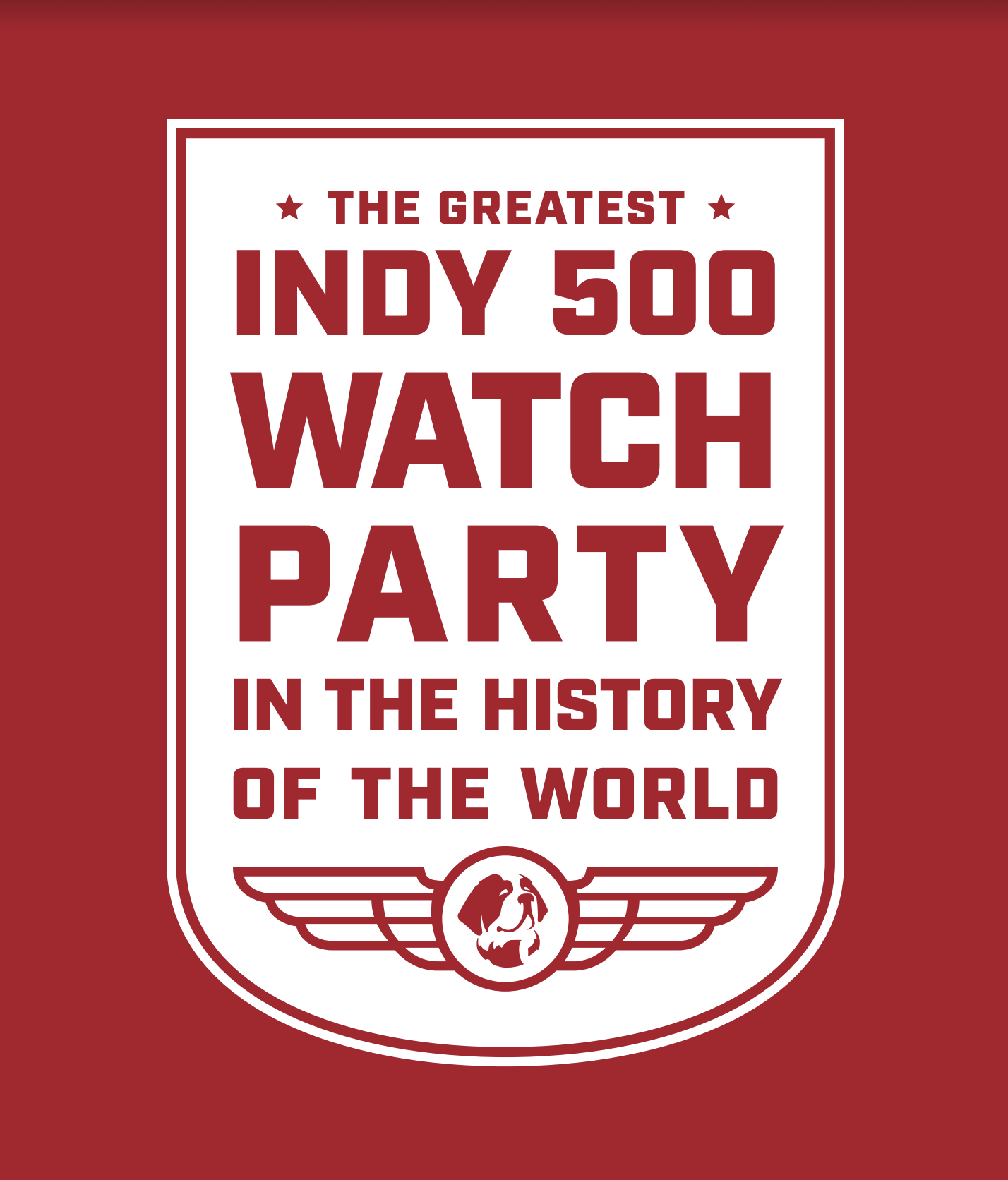 Have pre-event interactions. In the weeks leading up to the event, you can invite winners to scheduled online social hours so they can get to know each other better. Consider breaking up audiences into smaller groups ahead of time and assigning each group a company executive as host.
Have pre-event interactions. In the weeks leading up to the event, you can invite winners to scheduled online social hours so they can get to know each other better. Consider breaking up audiences into smaller groups ahead of time and assigning each group a company executive as host.
Curated swag has many possibilities. Interactive activities during the event can create additional fun and excitement, and carefully curated gift packages, food and beverage kits, swag bags, and other ideas can make this element even more impactful.
To fully leverage the Indy 500 event for maximum effect online, Applied Underwriters created an experience that would be enjoyed not just by the agents but also several family members and even friends. Working with a Michelin Star Chef, a professional mixologist, and a professional food-packaging expert, the firm created a one-of-a-kind menu that including a whopping 40-ounce porterhouse steak and themed specialty cocktail.
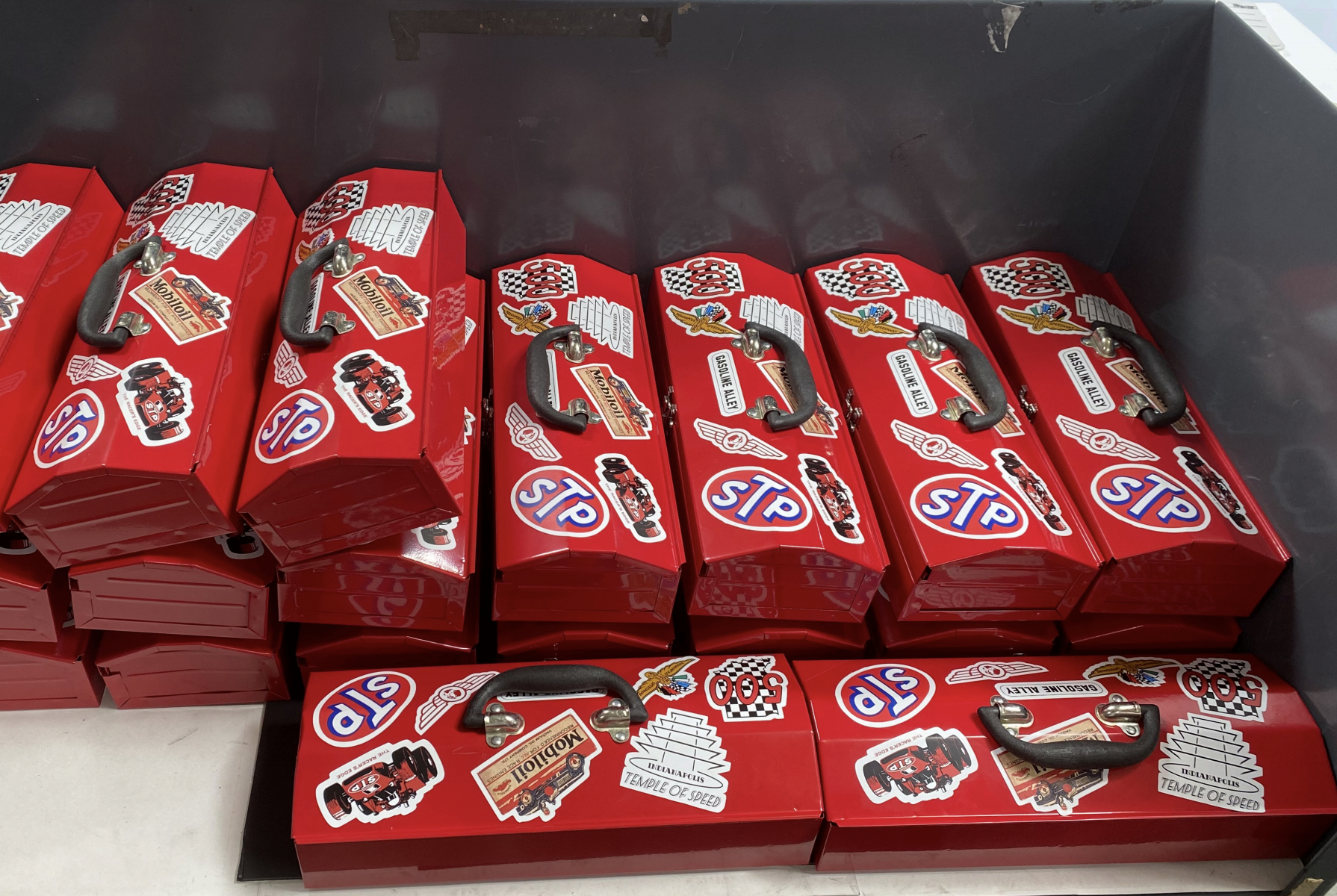 A few days ahead of the event, winners were sent two elaborate party packages: A “Racers, Start Your Computer” red toolbox (pictured here) with event instructions as well as race day-themed shirts, hats, and decorations; and the ingredients for the dinner and cocktails.
A few days ahead of the event, winners were sent two elaborate party packages: A “Racers, Start Your Computer” red toolbox (pictured here) with event instructions as well as race day-themed shirts, hats, and decorations; and the ingredients for the dinner and cocktails.
Control content pace and cadence. While the attention of in-person audiences can be held for about 90 minutes at a time, online events require a break or shift of some type every 15 to 20 minutes. Winners will likely be participating in the event from home, which offers a host of distractions. Planners must keep content segments short, fun, relevant, varied, and easily consumable.
To do this, ask hard questions as you develop virtual-event content: What value will this element add to the mission of the event—will it simply fill time or would participants be willing to watch this content again? Add humor, games, and purposeful musical variety whenever possible.
Also remember that you can mix in pre-recorded content, which is great for adding celebrity shout-outs. For the Indy 500 event, celebrity appearances that were pre-recorded and live via Zoom came from auto-racing legend Michael Andretti, actors Ice-T (Law & Order), David Koechner (Anchorman), and Brian Baumgartner (The Office), and sports journalist Erin Andrews.
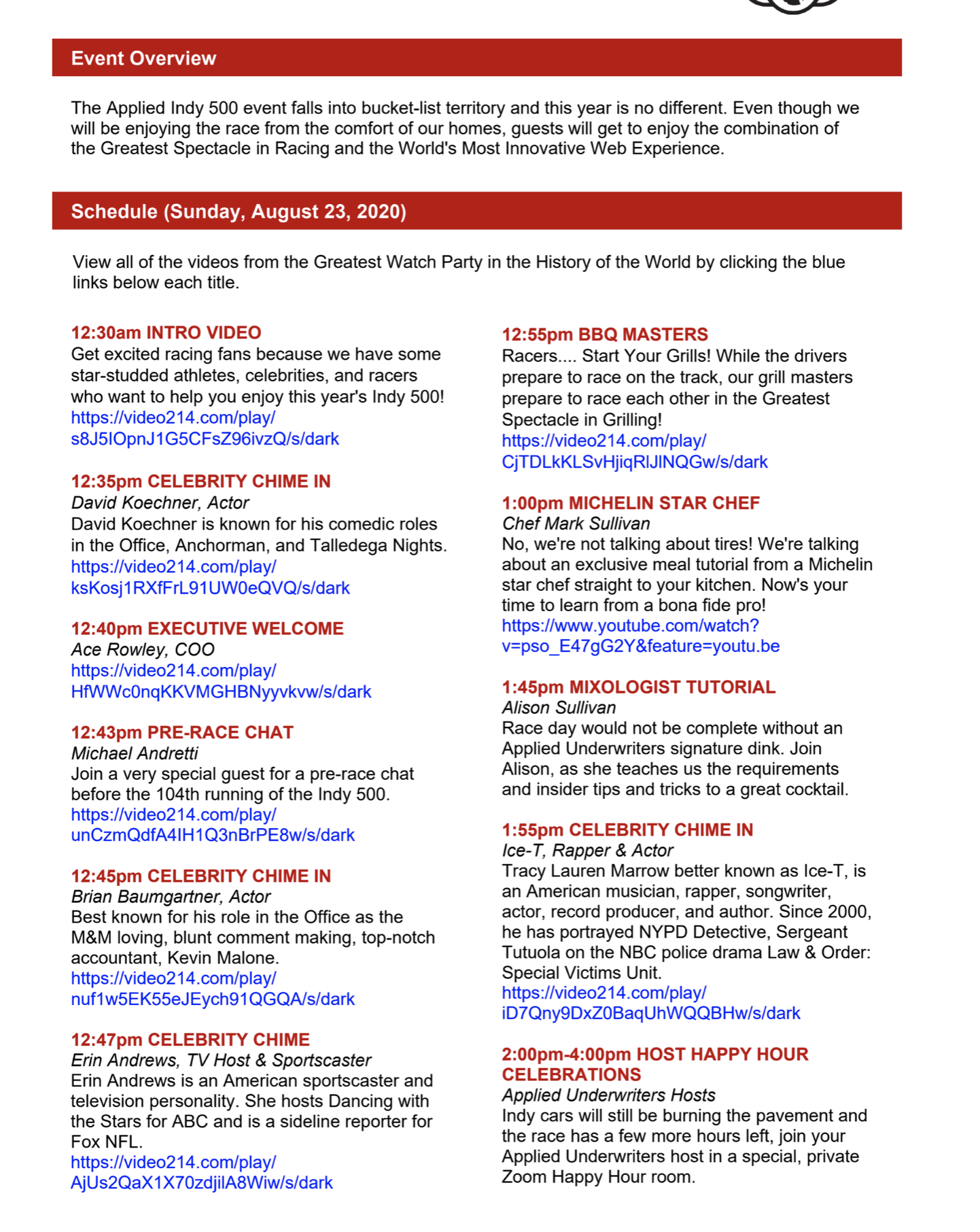 Communicate often with participants. Don’t rely on one-way email and texts to promote the event. Consider having your planning team and perhaps even company executives make brief phone calls to add impact. Develop a calling tree for assigned callers to speak with small groups or with individual winners. To make this work, make sure to get cell-phone numbers from winners and let them know they will be receiving interesting messages about the event. Actually, there are a variety of event-management software programs that will automate this.
Communicate often with participants. Don’t rely on one-way email and texts to promote the event. Consider having your planning team and perhaps even company executives make brief phone calls to add impact. Develop a calling tree for assigned callers to speak with small groups or with individual winners. To make this work, make sure to get cell-phone numbers from winners and let them know they will be receiving interesting messages about the event. Actually, there are a variety of event-management software programs that will automate this.
Practice until perfect. Run through the itinerary of event segments and the timing, and have plans for dealing with potential complications of every kind: lighting, sound, video, network connections, event software, and other elements.
Post-event follow-up extends the event’s impact. Simple thank-you emails won’t suffice. While in-person events have a photographer to capture spontaneous moments of excitement and camaraderie, you can do the same for a virtual event but with a twist. Encourage winners to submit their own photos and short videos, with family members and friends encouraged to get in those shots. This content can be used in one or two wrap-up correspondences that might segue into divulging next year’s incentive-program plan.
Lastly, ask winners which parts of the event were most enjoyable, as well as how they think the online experience could be improved. None of us knows what incentive events will look like in 2021, so participant feedback is critical in case a second annual virtual incentive program must take place.
Sonia Wilson is marketing events manager for Applied Underwriters, a global risk services firm offering business services, insurance, and reinsurance solutions.

